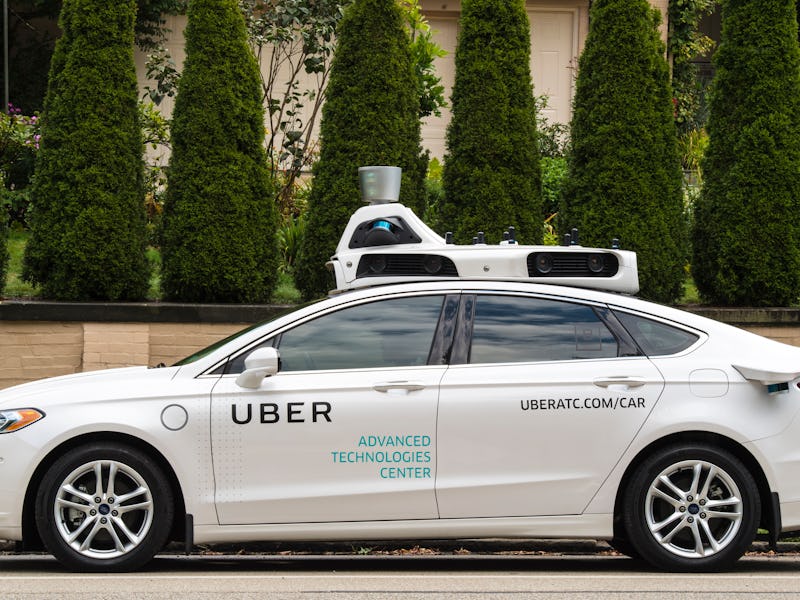Uber's Autonomous Cars Struggled Before Arizona Crash, Report Says
Vehicles could not go 13 miles without drivers intervening.

Last week, an autonomous car from Uber failed to stop and killed a pedestrian in Tempe, Arizona. Prior to the fatal accident, the ridesharing company’s autonomous vehicles had a multitude of problems. Company documents show how its self-driving technology was unable to meet its testing goals.
A report from the New York Times on Friday showed Uber’s autonomous cars had issues while on the road, according to 100 pages of company documents and sources familiar with the operations. Documents detailed how the self-driving cars “struggled” to reach the goal of 13 miles without a driver intervening. Vehicles had difficulty maneuvering through construction zones and driving next to big rigs. Uber also reduced the number of test drivers in the vehicles to one in order to increase the miles of testing.
“As we develop self-driving technology, safety is our primary concern every step of the way,” Uber spokesman Matt Kallman told the newspaper. “We’re heartbroken by what happened this week, and our cars remain grounded. We continue to assist investigators in any way we can.”
Unlike California, Arizona has few rules for self-driving cars such as reporting “intervention” numbers to state regulators. Waymo, a self-driving subsidiary of Google, reported to California regulators that their self-driving cars traveled 5,600 miles without drivers intervening in 2017. This hands-off approach – along with nice weather and good roads – makes the state a training ground for autonomous vehicles. Other companies testing out their self-driving cars in cities across the Grand Canyon State include Ford, General Motors, and Intel.
Following the fatal accident, Uber paused its autonomous car operations in Arizona and other cities such as Pittsburg, San Francisco, and Toronto. It originally planned to rollout the self-driving service in the state later this year.
Self-driving cars have become the next milestone for both tech companies and car manufacturers. Billions have been spent in research to perfect the technology in hopes to earn far more in the future. Uber’s setback has done little to deter companies or cities to allow testing.